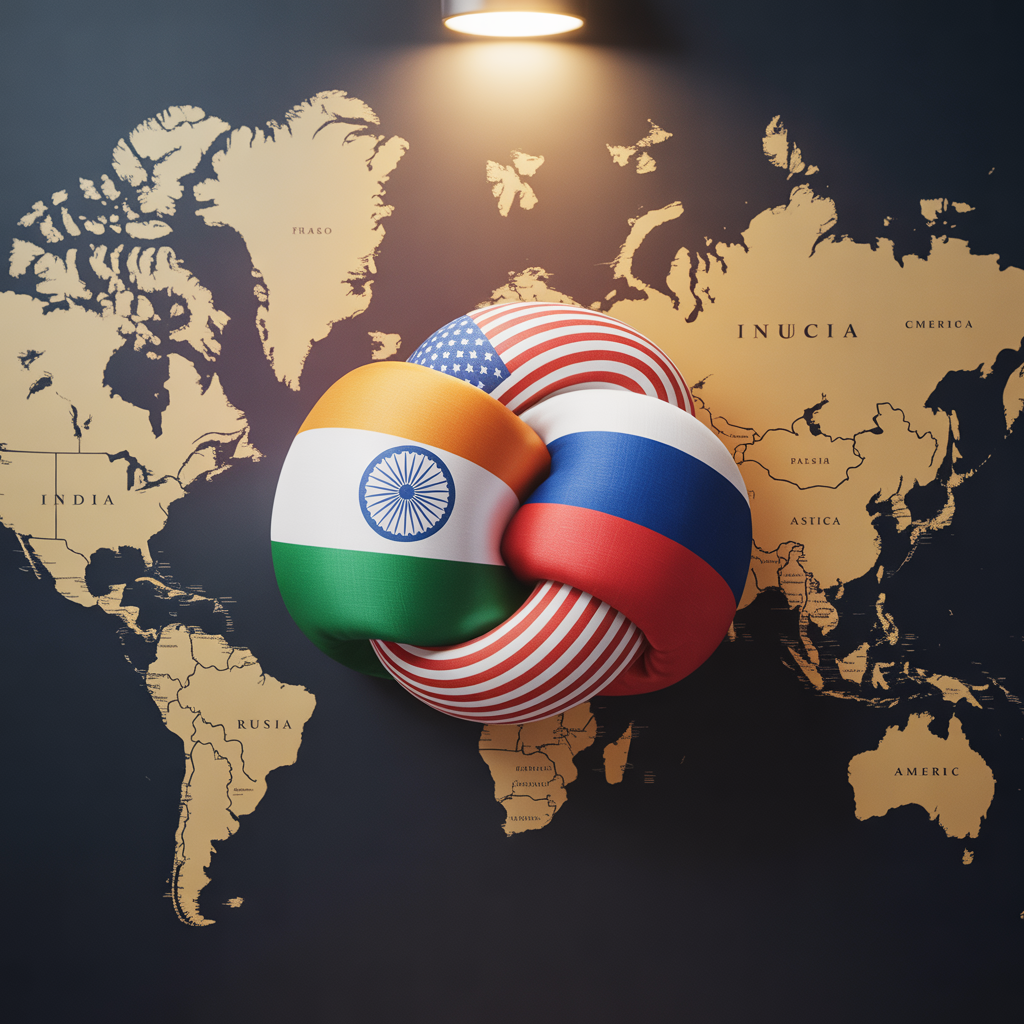Growing Trade Tensions as US Penalizes India Over Russia Defence and Oil Deals
In a significant escalation of trade tensions, the United States has imposed a 25% tariff on selected Indian goods while levying additional unspecified penalties related to India’s defence equipment and crude oil trade with Russia. The announcement, made by the Office of the United States Trade Representative (USTR) on July 30, 2025, marks a major development in the ongoing India US tariff 2025 dispute, drawing attention to geopolitical complexities and economic ramifications affecting bilateral ties.
What the India US Tariff 2025 Means for Trade

The newly introduced 25% tariff on Indian exports includes a wide range of products such as textiles, agricultural commodities, and certain manufactured goods. This step follows years of US complaints about India’s trade practices, including concerns over intellectual property rights enforcement and market access barriers.
More importantly, the US has aligned the additional penalties with the Countering America’s Adversaries Through Sanctions Act (CAATSA), which targets countries engaged in significant defence and energy trade with Russia. India’s procurement of Russian S-400 missile defence systems and continued imports of Russian crude oil have triggered this response.
The Impact on India’s Economy and Exporters
India, being one of the world’s fastest-growing economies, relies heavily on its export sectors to sustain growth and employment. The 25% tariff threatens to:
- Reduce export competitiveness in the US market.
- Increase costs for Indian textile and garment manufacturers who export to the United States.
- Affect agricultural exports like spices, basmati rice, and other staples that are integral to India’s export basket.
- Disrupt pharmaceutical and technology sectors that have a symbiotic relationship with the US economy.
According to the Ministry of Commerce and Industry, India’s exports to the US crossed $70 billion in 2024, with expectations of further growth curtailed by these tariffs.
US Official Position and Statements
The USTR, in its official statement, justified the tariff and penalty measures as necessary to uphold American trade laws and sanction regimes. The office emphasized that India had been given opportunities to address the concerns diplomatically but failed to take adequate corrective actions.
“The United States remains committed to fair trade practices and protecting the interests of American industries,” said a USTR spokesperson. “These measures are in line with our legal obligations and the need to ensure compliance with international sanctions, particularly concerning defence and energy trade with Russia.”
India’s Diplomatic and Trade Response
New Delhi has expressed regret over the decision but remains committed to dialogue. The Ministry of External Affairs (MEA) issued a statement reaffirming India’s position:
“India remains open to constructive dialogue to resolve outstanding trade issues and to further strengthen bilateral economic and strategic cooperation with the United States.”
Trade officials in India are preparing to engage in negotiations during the upcoming India-US Strategic Partnership Dialogue 2025, scheduled for late 2025. The dialogue aims to resolve tariff disputes and address broader strategic concerns.
Geopolitical Context: India’s Relations with Russia and the US

India’s defence and energy ties with Russia run deep, historically rooted in decades of military cooperation. The acquisition of S-400 missile systems, despite US opposition, reflects India’s commitment to maintaining strategic autonomy.
Meanwhile, India has strengthened its economic and strategic partnership with the US over the past decade, balancing these relationships carefully.
Trade experts observe that the India US tariff 2025 tensions are as much about geopolitics as trade compliance, with Washington applying pressure on New Delhi to reconsider its Russian engagements.
Potential Effects on Indian Industries
- Textile Sector: Indian textile exporters are expected to face increased tariffs that may lead to reduced market share in the US, potentially impacting thousands of workers.
- Agriculture: Spices and food products may see lower demand due to price hikes caused by tariffs.
- Manufacturing: Indian manufacturers of automotive parts and machinery could see supply chain disruptions and higher costs.
- Energy Imports: Sanctions on Russian crude oil imports might force India to seek alternate suppliers, potentially at higher costs.
Chart: Overview of India US Tariff 2025 Key Points
| Aspect | Details |
|---|---|
| Tariff Rate | 25% on select Indian exports |
| Targeted Sectors | Textiles, agriculture, manufacturing, pharma |
| Additional Penalties | Defence and crude oil trade with Russia |
| Bilateral Trade Volume (2024) | Approx. $115 billion |
| Applicable Law | Countering America’s Adversaries Through Sanctions Act (CAATSA) |
| Next Key Meeting | India-US Strategic Partnership Dialogue 2025 |
What Lies Ahead in the India US Tariff 2025 Scenario?
Experts anticipate that trade diplomats will intensify efforts to resolve the dispute, with negotiations focusing on easing tariffs and addressing US concerns over India’s Russia trade.
Dr. Raghav Sharma, a senior trade analyst, commented:
“While the tariffs pose challenges, the larger India-US partnership remains robust. Both nations have mutual interests that will likely prompt continued engagement and resolution.”




